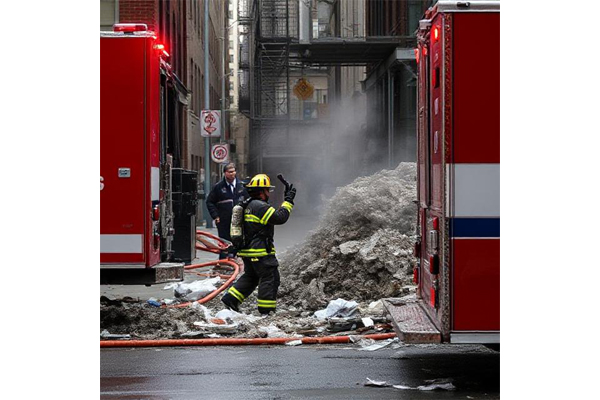
FDNY Violations in NYC: What They Are, Why They Matter, and How to Resolve Them
An FDNY violation (often referenced with a “VC” code) is issued when a property condition fails to comply with the NYC Fire Code. Notices can allow a cure period, require a hearing at OATH/ECB, or—if life safety is at risk—trigger a partial or full vacate order. Want us to handle the entire process end-to-end? Email us or call 347-828-1917. If your notice indicates an OATH/ECB appearance, yes. Some first-time conditions can be cured by timely certification—always follow the instructions on your notice. It depends on the scope of corrections and inspection availability. Simple administrative items can be resolved quickly; system repairs and vacates may take longer due to testing and re-inspections. Timely correction and proper documentation can reduce or avoid penalties for certain violations. Repeat or hazardous conditions are more likely to incur fines.What is an FDNY Violation?
Common Notice Types
Typical Triggers
Common FDNY VC Codes (At a Glance)
VC Code
Description
Examples
VC 3
Permit violations
Operating without required FDNY permit; expired permits
VC 5
Obstructed egress
Blocked exits, locked exit doors, storage in corridors
VC 7
Portable fire extinguishers
Missing, expired, wrong type, or not maintained
VC 10
Flammable/combustible storage
Improper containers, quantities, or locations
VC 12
Unwarranted/false alarms
Frequent nuisance alarms, failure to maintain systems
VC 17
Certificates of Fitness
Missing or expired CoF for required on-site staff
VC 20
Inspection/testing/maintenance
Alarms/sprinklers not inspected or tested at required intervals
Penalties & Consequences
How to Resolve an FDNY Violation (Step-by-Step)
Documents & Evidence You’ll Likely Need
Prevention Checklist (Quick Wins)
FDNY Violations — FAQ
Do I have to go to a hearing?
How fast can a violation be removed?
Can I avoid fines?
Need Help Removing an FDNY Violation?
We handle inspections, corrective work coordination, filing, and re-inspections.